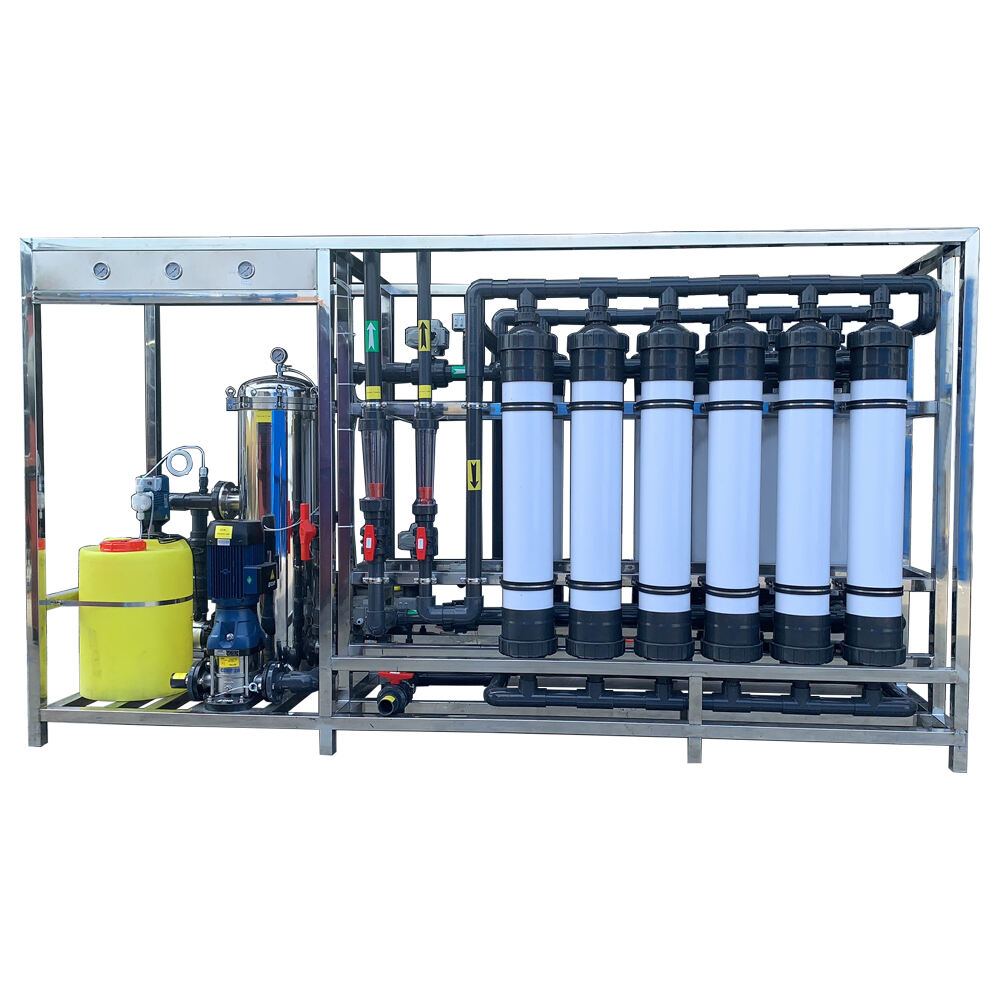Nanofiltration (NF) has proved to be one of the most prospective technologies in the purification of drinking water and it strikes the right spot between the removal of the contaminants and preservation of desirable minerals. It also has distinctive membrane characteristics which are effectively applicable in the current water quality situations, but also has very superior properties compared to any other filtration method.
Targeted Removal of Harmful Contaminants
Nanofiltration membranes applied in the context have an average pore size of 0.5-2 nanometers, and this feature implies that they possess the most appropriate filtration capability of removing some pollutants to such an extent that undermines the safety of drinking water. Their performance in removing organic compounds like pesticides, drugs and manufactured industrial chemicals is very high, they can be found in the water sources and can prove to be harmful in the long run. Moreover, NF membranes restrict the level of dissolved substances such as nitrates, sulfates in addition to heavy metals (e.g. lead and arsenic) without entailing a lot of disposal of critical minerals. The particular form of treatment ensures that no undesirable contaminants remain without interfering with natural composition of water, which is a paramount consideration on the part of safety and taste.
Preservation of Beneficial Minerals
Nanofiltration fails to eliminate all the required minerals present in the water unlike in reverse osmosis (RO) purification of water. These are minerals that have a significant role in the health of an individual and are important nutritional substances that add to the strength in the bones, the balance of electrolytes and good health in general. Holding all these naturally occurring nutrients back, NF produces water that is not only safe, but nutritious as well. This is particularly applicable in those regions where the mineral water is a significant source of diet minerals as the NF might be a more favorable accompaniment to the drinking water within the community with both cleanliness and medical implications.
Energy Efficiency and Cost-Effectiveness
Unlike the reverse osmosis, that very greedily drains basic resources, the nanofiltration is moderate in the pressure that it undergoes and is cheaper to operate. It has an advantageous energy demand as it is moderate in pressure demands and specifically in moderately polluted drinking water treatment. In addition to this, NF membranes have a longer life span compared to the other micro-filtration or ultra-filtration systems because larger particles may not cause blockage. These low consumption energy, as well as the lower maintenance demand render nanofiltration not just economical (affordable) in municipal water treatment plants but also in the small scale of purification systems.
Adaptability to Diverse Water Sources
Nanofiltration can hold its ground with diversity of water source that is the surface water (river, lake) and ground water. It has the ability to work within various turbidity, organic matter and dissolved solids hence adaptable to changes in environmental conditions e.g. seasonal variations of water quality or an event that affects water quality such as pollution incident. This versatility can be equated to consistent performance on both greenfield and more degraded sources of water supply and can easily be fitted into pre-existing treatment systems with minimal adjustments.
To sum up, it can be stated that the ability of nanofiltration to eliminate the bad impurities that are undesired, leaving desirable mineral present, ability to work effectively and handle various water sources makes the nanofiltration technique superior method to obtain drinking water. It maintains high-quality wholesome and safe water that meets the regulatory demands along with the consumer requirements on what water is worth in terms of quality, taste, and health.

